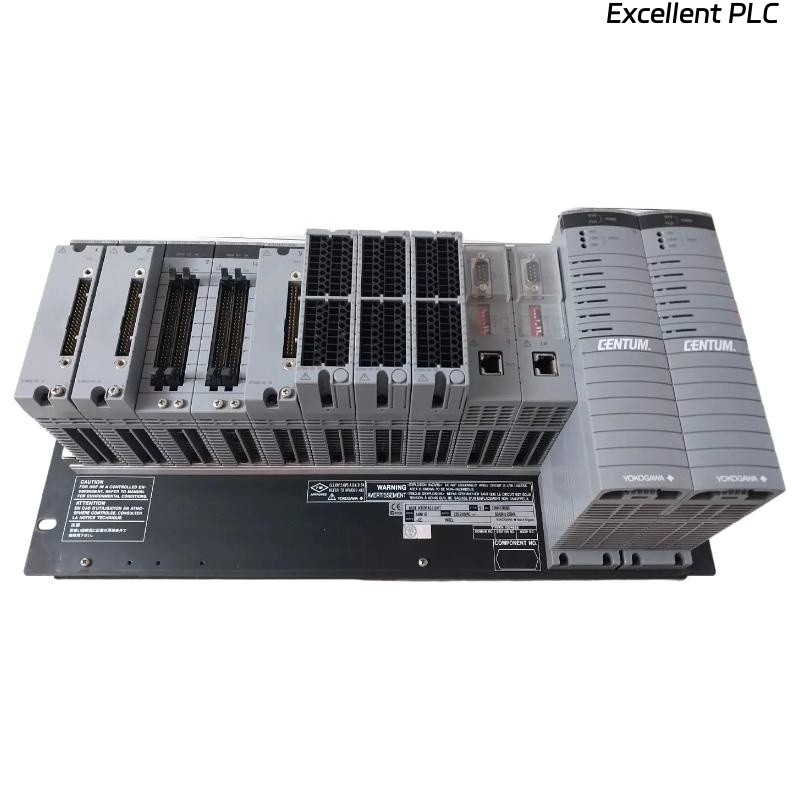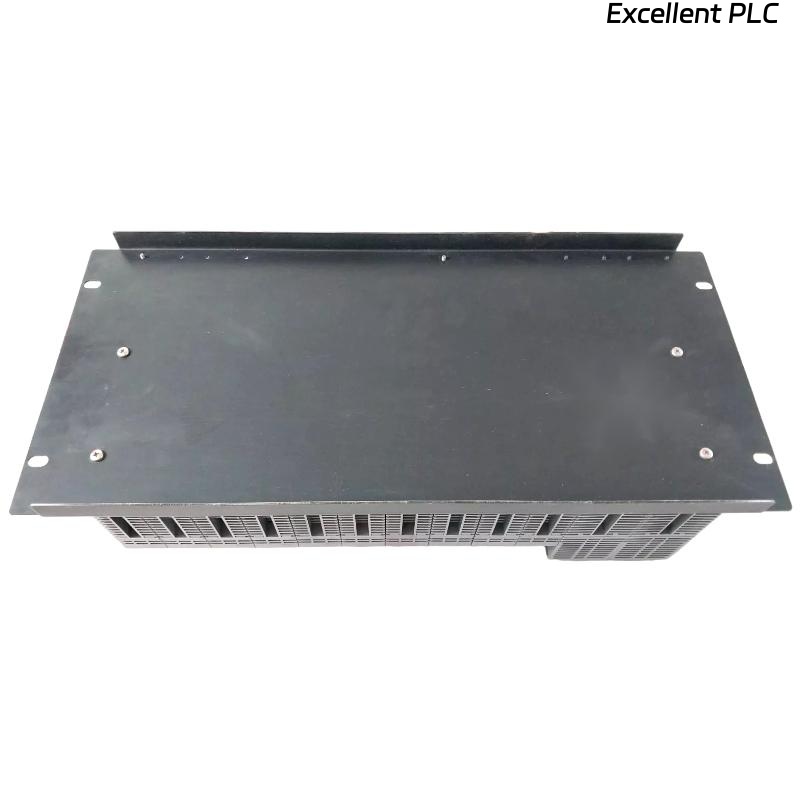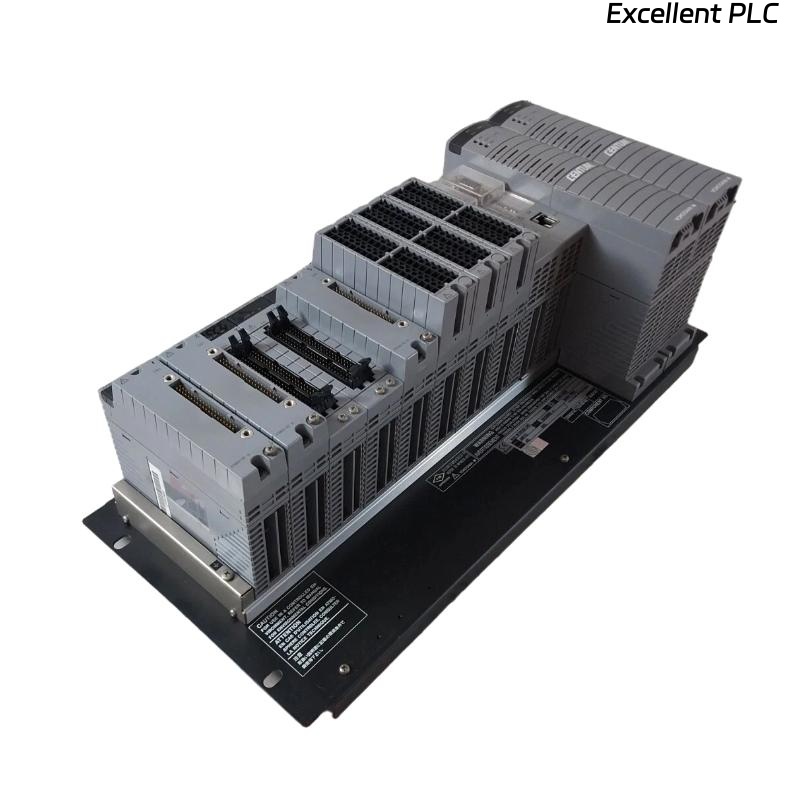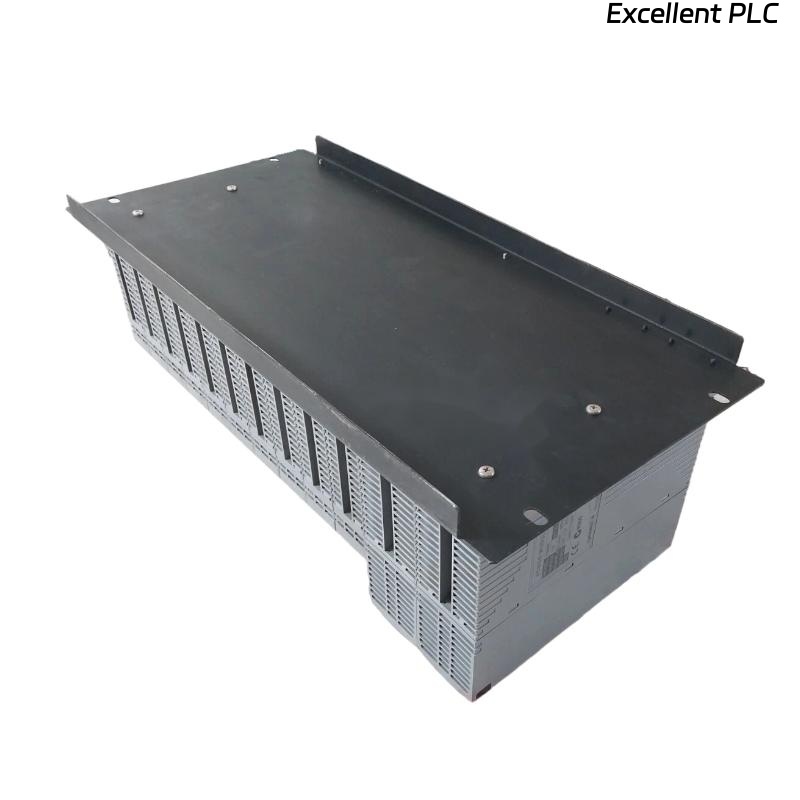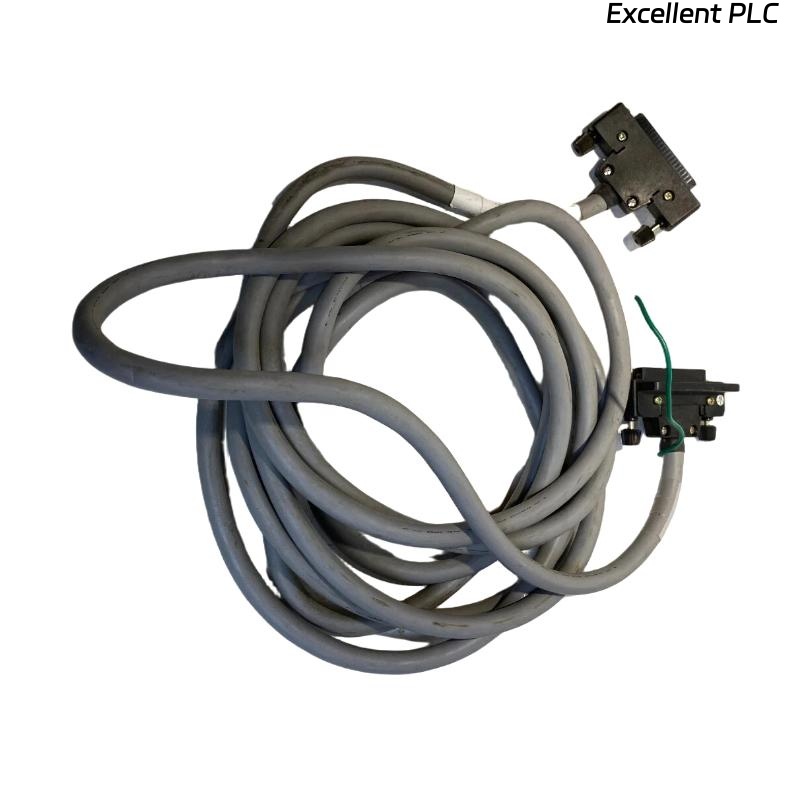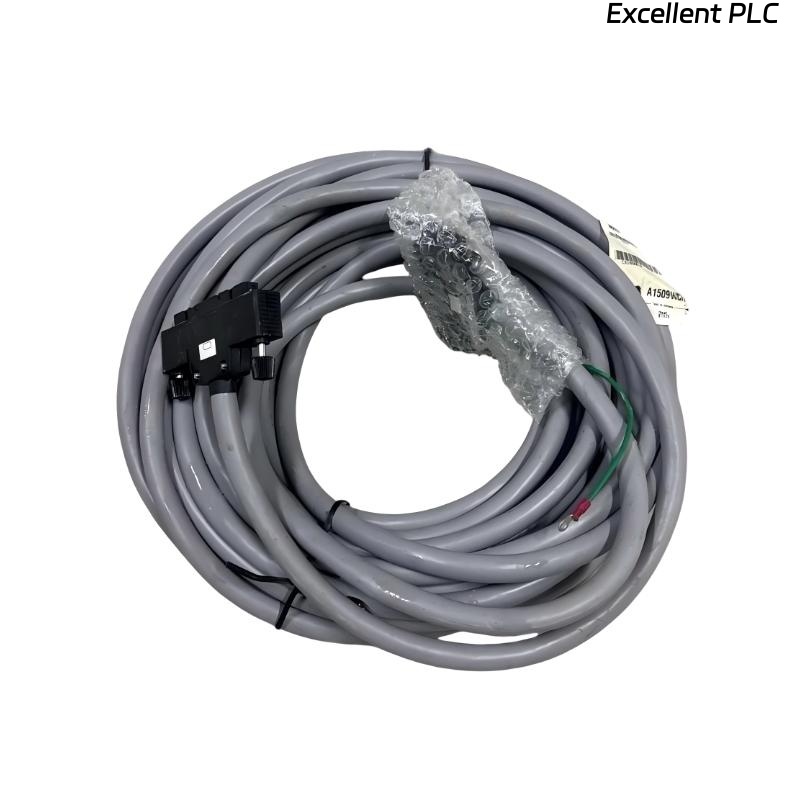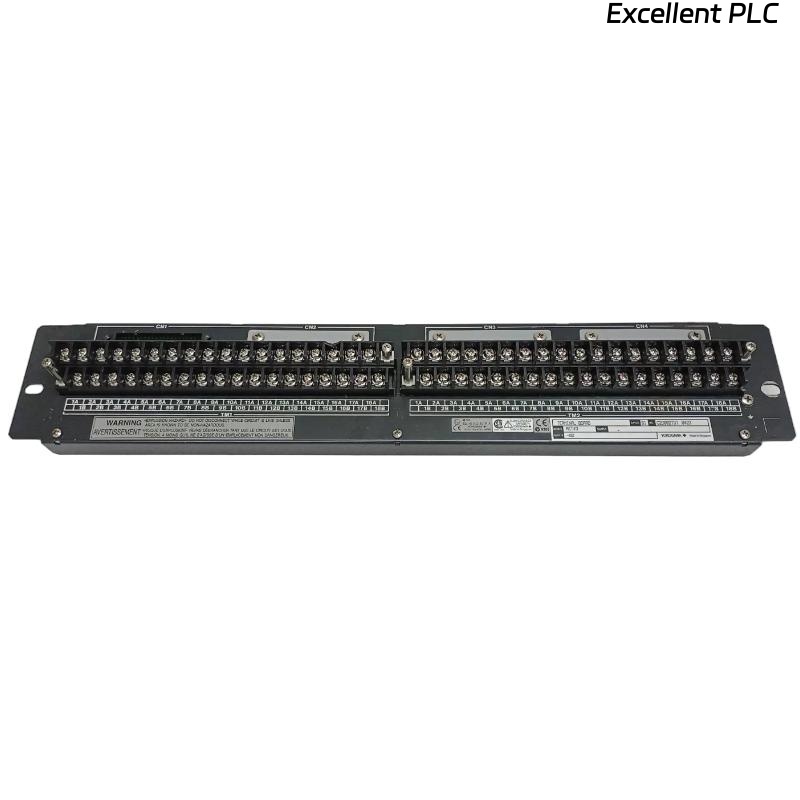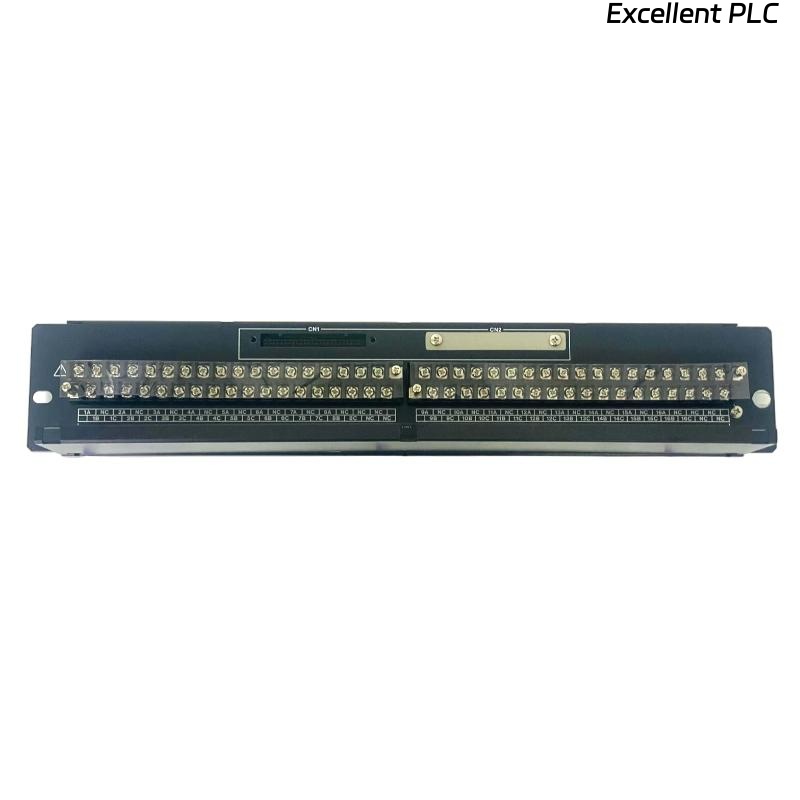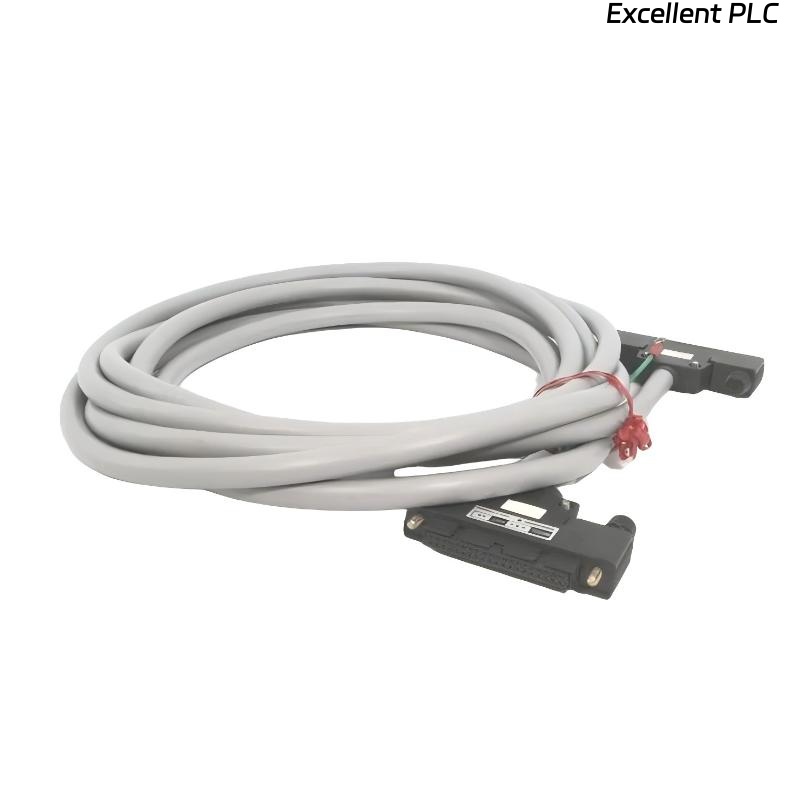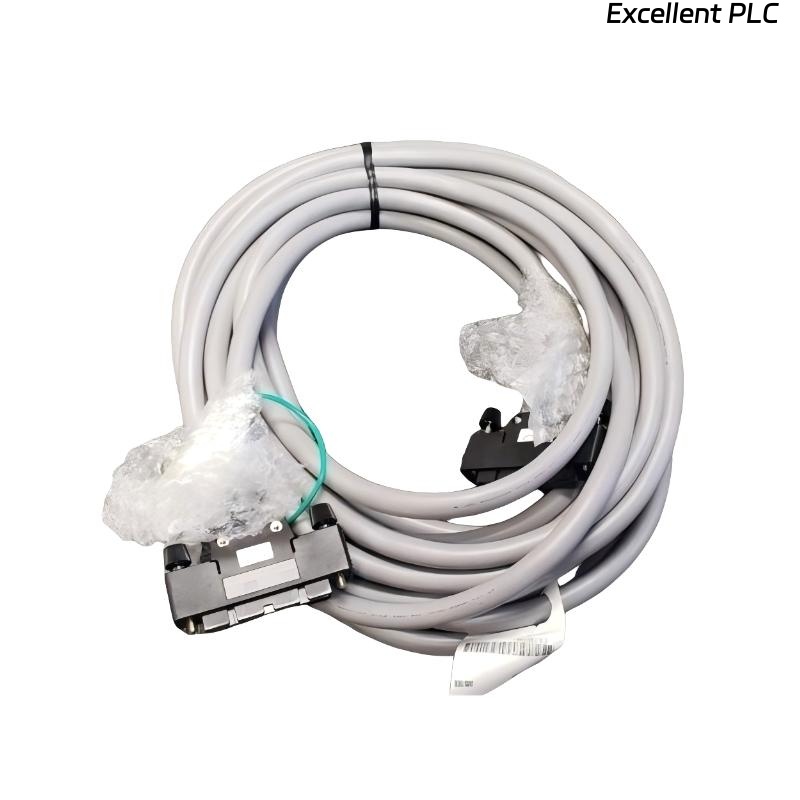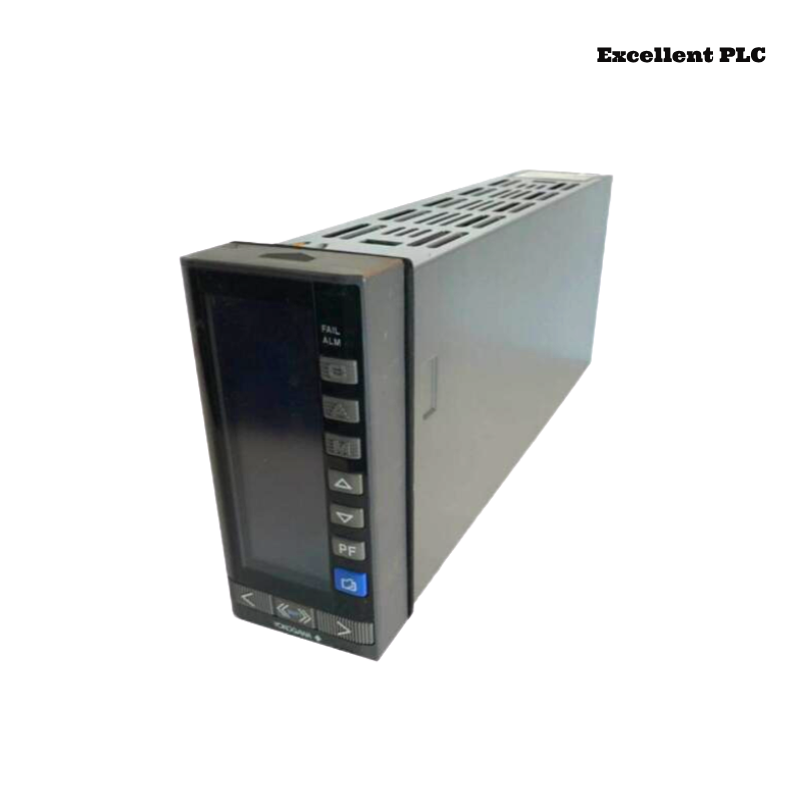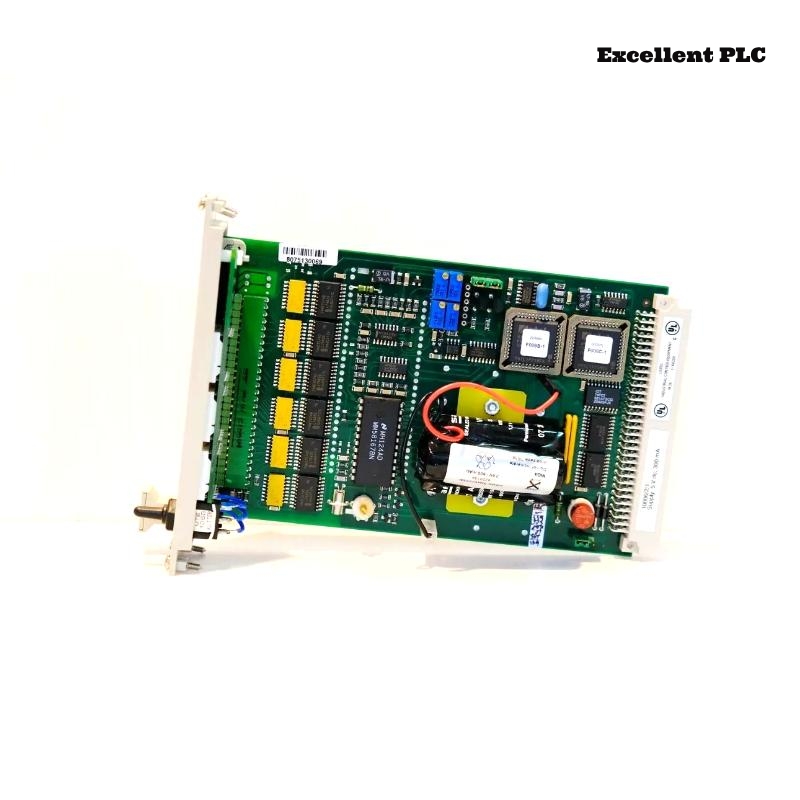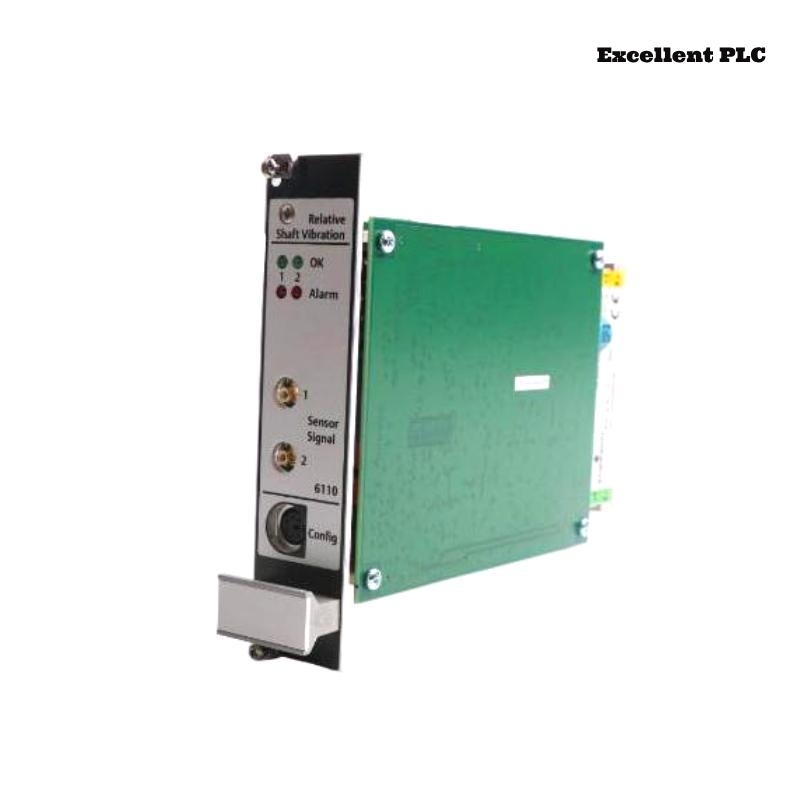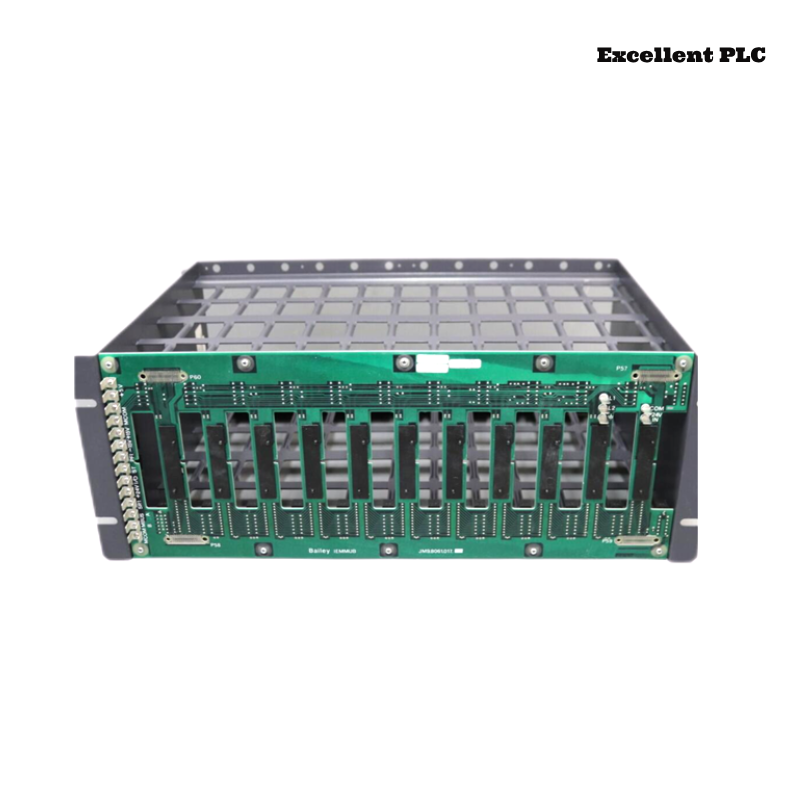| Company Information | ||||||||
| [email protected] | ||||||||
| Mobile | +8613666033393 | |||||||
| +8613666033393 | ||||||||
| 13666033393 | ||||||||
| Add | Room 1004, No. 62 Xiangxiu Li, Siming District, Xiamen City, Fujian Province, China | |||||||
Product Introduction
The Yokogawa ANR11D-410 Optical ESB Bus Node Unit is an advanced communication component designed for integration into Yokogawa’s distributed control system (DCS) architecture. It serves as a critical node in an Optical ESB (Enhanced System Bus) network, providing high-speed, deterministic data transfer for demanding industrial automation environments. By leveraging optical communication technology, the unit ensures superior signal integrity, immunity to electromagnetic interference, and long-distance data transmission capability.
Engineered for use in mission-critical control applications, the ANR11D-410 offers robust connectivity between controllers, I/O modules, and other network components, making it ideal for systems requiring exceptional reliability and fault tolerance. This unit plays a key role in process industries, ensuring seamless and redundant communication channels for real-time process monitoring and control.
Product Specifications
| Parameter | Value |
|---|---|
| Model Number | ANR11D-410 |
| Manufacturer | Yokogawa Electric Corporation |
| Function | Optical ESB Bus Node Unit for networked control |
| Communication Protocol | Optical ESB (Enhanced System Bus) |
| Transmission Medium | Fiber Optic Cable (Single-Mode/Multimode supported) |
| Data Transmission Rate | High-speed, deterministic for real-time control |
| Network Topology | Redundant ring architecture |
| Power Supply | 24 V DC (Nominal) |
| Power Consumption | Approx. 8 W |
| Operating Temperature | -20°C to +60°C |
| Storage Temperature | -40°C to +85°C |
| Humidity Range | 5% to 95% RH (Non-condensing) |
| Protection Rating | IP20 |
| Compliance & Certification | CE, UL, CSA |
| Mounting Options | DIN rail or panel mount |
| Indicators | Power, link, communication, and fault status LEDs |
| Dimensions (H × W × D) | 130 x 100 x 40 mm |
| Weight | 0.4 kg |
Product Applications
The ANR11D-410 Optical ESB Bus Node Unit is widely deployed in systems where high-speed, interference-free communication is essential. Common applications include:
-
Power Generation: Facilitates seamless data transfer in turbine control and distributed energy systems.
-
Oil & Gas Industry: Provides robust connectivity for refining, pipeline monitoring, and offshore platforms.
-
Chemical and Petrochemical Plants: Enables real-time data exchange in hazardous environments where EMI immunity is critical.
-
Pharmaceutical Manufacturing: Ensures reliable communication for batch process automation.
-
Heavy Manufacturing & Process Control: Integrates field devices and controllers for efficient and safe operation.
Product Advantages
-
High-Speed Optical Communication: Delivers fast and stable data transmission, ensuring system responsiveness.
-
Superior EMI Immunity: Optical fiber technology eliminates electromagnetic interference issues.
-
Redundant Network Architecture: Built-in redundancy guarantees continuous operation even during link failures.
-
Extended Transmission Distance: Supports long-distance communication without signal degradation.
-
Advanced Diagnostics: LED indicators and self-monitoring features simplify maintenance and fault isolation.
-
Durable Industrial Design: Withstands harsh environmental conditions, ensuring reliability in critical processes.
Frequently Asked Questions (FAQ)
-
What type of communication protocol does the ANR11D-410 use?
It uses the Optical ESB (Enhanced System Bus) protocol. -
What is the main advantage of optical communication in this unit?
It ensures high-speed, interference-free data transfer over long distances. -
Does this unit support network redundancy?
Yes, it supports a redundant ring network architecture for fault tolerance. -
Which fiber optic cables are compatible with this unit?
It supports both single-mode and multimode fiber optic cables. -
Can the ANR11D-410 integrate with Yokogawa CENTUM VP systems?
Yes, it is fully compatible with Yokogawa’s CENTUM VP DCS. -
What indicators are available for status monitoring?
LEDs for power, communication, link integrity, and fault detection. -
Does it require a specific power supply?
Yes, it operates on a nominal 24 V DC power supply. -
Is it possible to upgrade the firmware?
Yes, firmware upgrades can be performed via the Optical ESB interface. -
What is the typical power consumption of this unit?
Approximately 8 W under normal operating conditions. -
How does it ensure communication reliability?
Through redundant communication paths and robust error-checking mechanisms.
Recommended Related Models (Same Series or Similar Function)
| Model | Description |
|---|---|
| ANR11D-411 | Optical ESB Bus Node Unit with enhanced redundancy |
| ANR11D-412 | Advanced Optical ESB Node for large-scale networks |
| ANR11D-413 | High-performance Optical ESB Bus Node with diagnostics |
| ANR11D-414 | Optical ESB Unit for extended-distance applications |
| ANR11D-420 | ESB Bus Node Unit with dual optical ports |
| ANR10D-423 | ER Bus Node Unit (Copper-based) for standard installations |
Popular Yokogawa Models (Same Brand, High Demand)
| Model | Description |
|---|---|
| AAI141-H00 | Analog Input Module for accurate process measurements |
| AAI543-H00 | High-speed Analog Input Module for critical applications |
| AAI841-H00 | Analog Output Module for process control |
| ADV151-P03 | Digital Input Module for high-speed acquisition |
| CP345-5A01 | Communication Processor for networked control systems |
| ANB10D-420 | Network Interface Unit for distributed system integration |
 Excellent PLC
Excellent PLC


